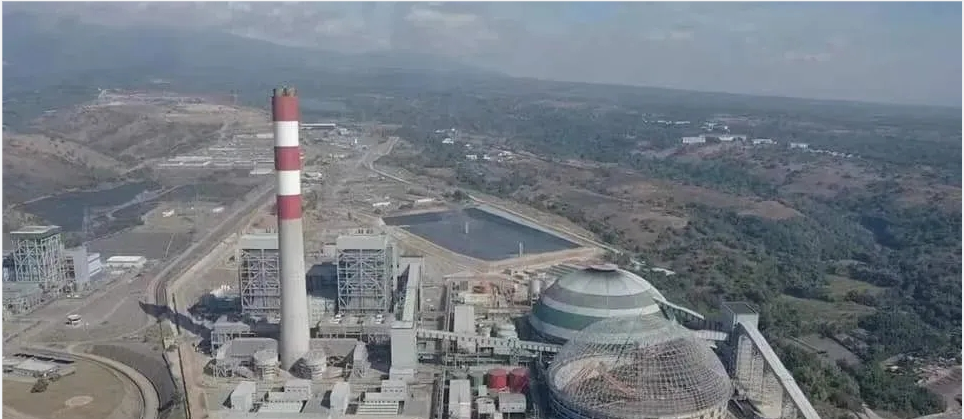Company news
Philippine Waste-to-Energy bill reaches Senate plenary
Waste-to-Energy bill reaches Senate plenary

The proposed Waste-to-Energy Act reached the Senate plenary a day after the chamber opened its Second Regular Session.
Senate Bill 2267 under Committee Report 91 was sponsored by Senate Energy Committee Chairman Raffy Tulfo.
According to the lawmaker, the proposed legislation is technology neutral as it ensures that it can accommodate the existing waste-to-energy technologies and future innovations in this field.
Tulfo stressed the need to be flexible amid the rapidly evolving technological landscape.
“The bill does not favor or exclude any specific waste-to-energy technology. The only requirement is that the waste-to-energy plants should not emit poisonous and toxic fumes into the environment,” Tulfo said.
The bill also defined the roles of various government entities, namely:
- National Solid Waste Management Commission (NSWMC), which will ensure streamlined standards, criteria, and guidelines for waste-to-energy facilities and identify and recommend potential clustering of local government units for a common waste-to-energy facility;
- Department of Energy, which will issue permits to waste-to-energy facilities and determine the standards, criteria, and requirements applicable for each kind of waste-to-energy facility;
- Department of Environment and Natural Resources, which will ensure compliance of waste-to-energy facilities with environmental requirements;
- Department of Health, which will check compliance of waste-to-energy facilities with health standards; and
- LGUs, which will provide logistical and operational support for the processing of waste-to-energy feedstock and enter into clustering arrangements.
Tulfo said the bill also mandated the inclusion of waste-to-energy in the Philippine Energy Plan.
It will also authorize the LGUs to enter into clustering arrangements and public-private partnerships for establishing waste-to-energy facilities and provide standards for determining processing fees of waste-to-energy facilities.
SB 2267 requires a Health Impact Assessment with the Environment Impact Assessment prior to construction and operation of waste-to-energy facilities to ensure the safety of each facility.
It mandates that the segregation, collection, transfer, storage and transport of waste-to-energy feedstock and waste treatment processes of waste-to-energy facilities comply with the Ecological Solid Waste Management Act.
Further, the bill explicitly prohibits the use of imported waste as feedstock for waste-to-energy facilities as a safeguard from becoming a dumping ground for foreign waste.
Lastly, the bill provides penalties for failure to include and implement waste-to-energy strategy whenever feasible, failure to perform the regulatory roles of government agencies, and non-compliance with the standards and requirements under the law for waste-to-energy facilities.
“Given the inevitable garbage production coupled with the problems, and dangers posed by landfills, we have to resort to an alternative. Waste-to-energy, all things considered, is a viable alternative to landfills. Or better yet, it will supplement landfills as a way to manage our waste,” Tulfo said.
“Waste-to-energy plants convert solid waste, often called garbage or trash, to produce useable energy. Energy recovery from waste is the conversion of non-recyclable waste materials into usable heat, electricity, or fuel through a variety of processes including combustion, gasification, pyrolization, and landfill gas recovery. These processes are what we call waste-to-energy or as what I would like to call it finding ways to energy,” he added.
News Source:https://www.gmanetwork.com/news/topstories/nation/876887/waste-to-energy-bill-reaches-senate-plenary/story/
Categories
Latest News
Contact Us
Contact Us To Have Your Registration Paper
Tel: +86 21 6104 7706
Cell: +86 153 0180 5979
Email: info@inbcglobal.com
Our account manager will serve your side to help you secure the seat.
Or you can do the online
pre-registration here!
 weboss
weboss wingjslm
wingjslm
 weboss
weboss